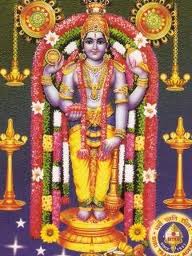"virtues and sins"

1. The joy of virtues and the sorrows of sin are both conditions of the mind when it comes to react between specific circumstances in the outer world and the particular intellectual conditions within. 2. The same set of circumstances in the outer world may not necessarily prove to be a sin to all people; the intellectual composition being different from person to person, the required mental structure for a tortuous sin-experience will not be created. 3. An act which is considered as cruelty or a sin in one part of the world does not become so poignant and sinful in another part of the world, where they believe differently, since their customs and conditions have wrapped them of a different texture in their intellectual standard. 4. When an individual grows more and more in his knowledge, many of his instinct-motivated actions fall off the grace, and the chances are that he is rendered totally and completely incapable ...




















.jpg)
.jpg)

.jpg)
.jpg)
.jpg)
.jpg)